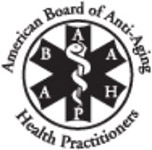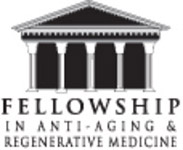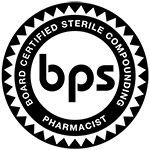
Many people are unaware of just how many eye conditions there are, and they may overlook some of simplest ways of protecting their own eyes. In this post, you will learn what kind of conditions and circumstances pose a threat to your child’s eye health, and we will tell you about a few preventative measures you can take to keep their vision strong for years to come.
How Often Does a Child Need an Eye Exam?
The American Optometric Association (AOA) has established several helpful guidelines for parents to maintain their children’s eye health:
- Parents should have an infant’s first comprehensive eye exam when they are about 6 months old.
- They should then take their child back for an eye exam at age 3.
- The following eye exam should be at age 5 or 6, before the child enters either kindergarten or first grade.
- Eye exams should take place every two years after the pre-kindergarten/first grade exam.
- Children who require vision correction (glasses or contact lenses) should undergo an eye exam more frequently – at least once a year.
Potential Eye Conditions and Diseases
Bringing your child to the ophthalmologist or optometrist every two years or more will make sure you stay on top of any vision problems or eye conditions that may have developed in the meantime. The doctor can diagnose the condition and then make the best judgment about how to correct or manage it – anything from at-home tips to corrective lenses or surgery.
Common refractive errors the doctor may notice in your child include:
- Nearsightedness
- Farsightedness
- Astigmatism (defect on the cornea that causes blurred or distorted vision)
- Myopic – nearsightedness in one or both principal meridians of the eye
- Hyperopic – farsightedness in one or both principal meridians
- Mixed – one principal meridian is nearsighted, while the other is farsighted
More serious diseases of the eye include:
- Strabismus (crossed eyes)
- Amblyopia (lazy eye)
- Ptosis (drooping of the eyelid)
- Color deficiency (or color blindness)
If your child has one of these conditions and it’s not diagnosed until later in life, the subsequent treatment won’t be as effective as it would have been if it were diagnosed earlier. That’s why it’s important to be proactive about your child’s eye health and taking him or her to routine exams.
Children’s Eye Health: The Signs of Vision Problems
In between the aforementioned eye exams, you can do your part to monitor whether your child is having difficulties with vision. Some signs you can look for include:
- Squinting to focus on objects
- Frequently rubbing eyes
- Frequent, at times uncontrollable, blinking
- Tilting or turning head to look at objects
- Wandering eyes, especially when talking directly to someone else
- Covering one eye
- Holding reading materials close to the face
- Disinterest in reading or even looking at objects from a distance
If you notice one or more of these signs, schedule an appointment with an ophthalmologist or optometrist soon.
Steps You Can Take to Maintain Your Child’s Eye Health
There are several long-term measures you can take and traits you can instill in order to keep your child’s vision from deteriorating and to prevent eyes injuries.
Proper Eyewear
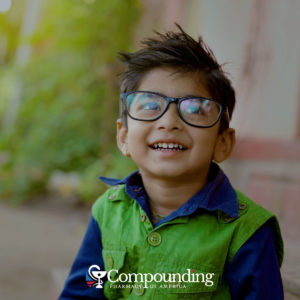
In most cases, the need for eyewear in children concerns sports participation. Many injuries can be prevented by putting on eyewear appropriate to the sports. Football and baseball/softball are known for head and eye injuries, but you also don’t want to overlook basketball, soccer, biking, skateboarding, diving and gymnastics.
If your child has suffered a prior head injury that impacted their vision even temporarily, then be extra vigilant about making sure they wear proper eye protection when playing sports thereafter. Keep in mind most protective eyewear is activity specific; corrective lenses are often inadequate in preventing eye injuries.
If your child is older, then he or she might be in a class like chemistry or “shop” where eye injuries are a risk. Be sure to teach them the value of wearing the proper gear, including eye goggles. And if your older child helps out with chores at home, make sure they wear eye protection when handling cleaning agents that could damage the eyes if mishandled.
Keep ‘Em Shaded
Sunglasses are much more valuable than their “cool” factor: They also help protect your eyes from degenerating, especially in extreme sunlight. So as you are likely to wear sunglasses when you’re driving and outdoors, you should be vigilant about making sure your kids wear theirs at the same time.
Buy your kids sunglasses that have one of the following labels:
- Polarized
- Anti-reflective coating
- UV 400
- 99 or 100% UV protection
- Mirror-coated
You also may want to consider wraparound sunglasses that will block harmful UV rays that would otherwise enter around the sides of the frame. The color of the lenses won’t matter, as far as which one blocks out more UV rays than others; therefore, the lens color can be up to you or your child’s preference.
The Value of Clean Hands
Children, especially younger ones, are notorious for putting their hands up to their face, even when their hands are sullied. Work with your children until they’re accustomed to washing their hands routinely – not only before meals, but after they’ve handled any messy or questionable substances.
Food for the Eyes
You’ve probably heard that certain foods are good for the eyes. Here are eight types of foods you should consider incorporating into your child’s diet to maintain his or her eye heath:
- Fish (tuna, salmon, trout, mackerel, etc.)
- Carrots
- Beef (it’s rich in zinc)
- Eggs
- Leafy greens (spinach, kale, collard greens, etc.)
- Citrus fruit (lemons, oranges, grapefruits, etc.)
- Seeds (chia, flax, etc.)
- Nuts and legumes (walnuts, cashews, peanuts, lentils, etc.)
Also encourage your child to drink plenty of water, which will help with eye health in addition to all of its other benefits.
Ophthalmology Medication from a Compounding Pharmacy
In addition to the above tips, don’t overlook two last considerations for children’s eye health:
- Limit screen time (phones, tablets, desktop and television).
- Make sure toys are age appropriate and don’t have protruding parts that could poke the eye.

And finally, we want to leave you with this helpful article as you gear up to send your child back to school:
How to Avoid Back-to-School Germs
Chief Operating Officer, The Compounding Pharmacy of America
Matthew Poteet, Pharm.D. graduated with Honors from Lee University with a Bachelors of Science in Biological Science. After his undergraduate training, he completed the Doctor of Pharmacy program at Mercer University Southern School of Pharmacy, graduating in 2004. Dr. Poteet has spent much of his pharmacy career on staff at two of the most prestigious academic teaching hospitals in the Southeast; Emory University in Atlanta and Vanderbilt University Medical Center in Nashville. At these institutions he received extensive experience and training in sterile products compounding.
He returned home to East Tennessee in 2010, where he has held the position of Pharmacy Director at two sterile products pharmacies in Knoxville. Matthew lives in Knoxville with his wife, Chris. Dr. Poteet is Tennessee’s first Board Certified Anti-Aging Pharmacist by the American Academy of Anti-Aging Medicine.

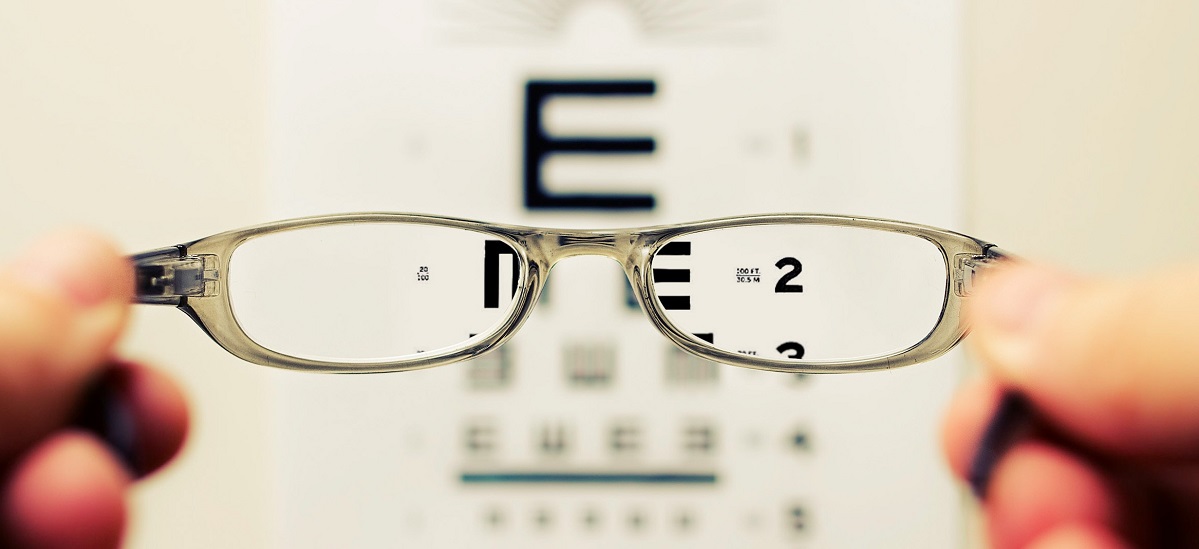
 Subscribe to Our Newsletter
Subscribe to Our Newsletter